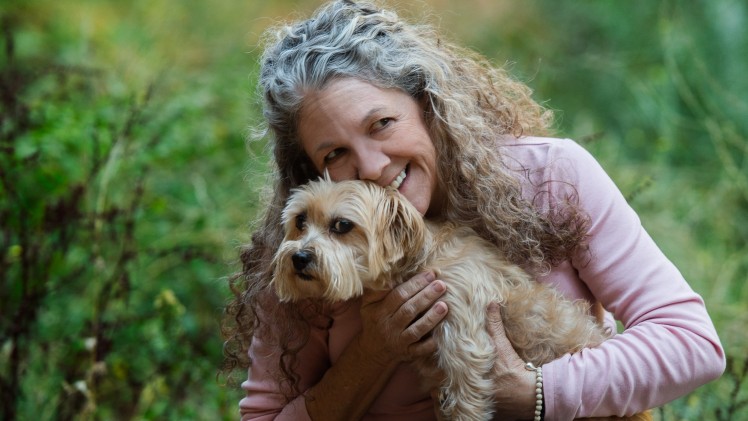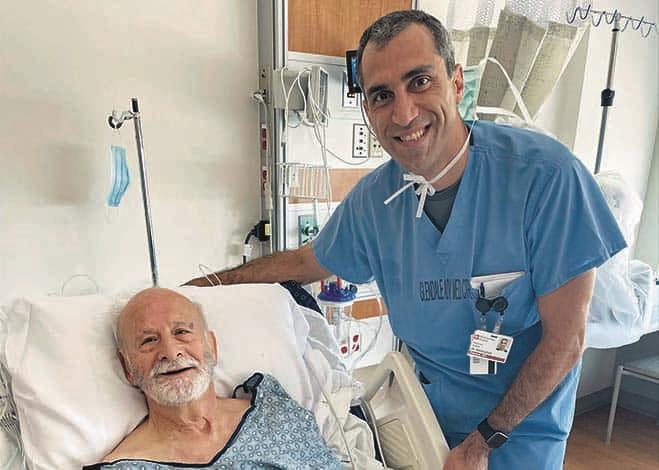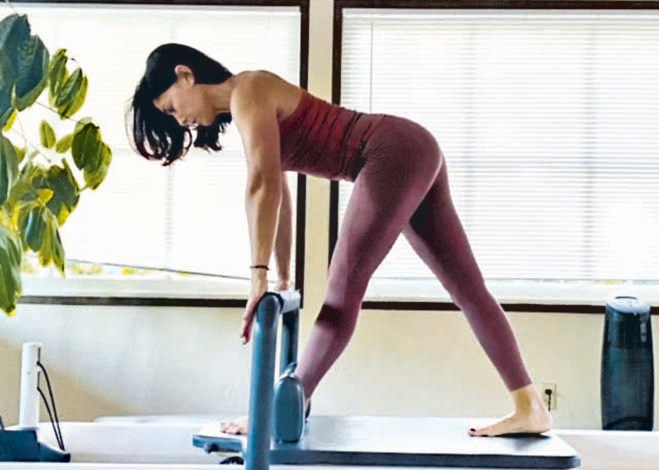Life After a Heart Attack: LeeAnn’s Story
Feb 1, 2024

LeeAnn Hatton is learning to trust her instincts and listen to her body after a health scare.
Four years ago, Sonora, California, resident LeeAnn Hatton woke up with pain in her neck and shoulders. She thought she had just slept badly and went on with her day. But over time, more symptoms developed. “My back hurt, I didn’t feel good, and I was just so irritated when I couldn’t find my car keys,” she recalls. “I had this flashback to an article I read on how women can have different heart attack symptoms than men, and one of them is irritability.”
Hatton’s friend drove her to the emergency room at Adventist Health Sonora, where providers confirmed she was having a heart attack. Several hours and one lifesaving procedure later, Hatton’s recovery began.
“I learned a big lesson that day, which was that I need to listen to my instincts,” she says. “I didn’t trust myself when I thought something might be wrong with my body, and that could have ended so badly.”
In the years since, Hatton has focused on herself, living in the moment and making choices that feel right for her body.
Moving more
After her heart attack, Hatton did cardiac rehabilitation at Adventist Health Sonora’s Live Well Be Well Center, where she engaged in heart-healthy exercise. “We talked about everything from the appropriate exercise to food to different activities we could do,” she says. She continued the work at home with exercise videos, rides on an elliptical bike and virtual yoga sessions with a friend in New York.
Hatton took the right steps: According to a study in the Journal of the American Heart Association, physical activity in the first year after a heart attack is linked with a reduced chance of death over a four-year period.
“After that first year, I got a dog,” Hatton says, and they walk at least three times a day around Dragoon Gulch. “Our evening walk is usually the longest — we go for as long as she wants. It’s good for me and for her.”
Nourishing her body
When it comes to eating well after a heart attack, doctors often recommend reducing salt intake. That’s because a high-sodium diet is directly linked with high blood pressure, a risk factor for heart disease and heart attacks.
“A few weeks ago, my daughter and granddaughter and I made pasta from scratch with farm-fresh eggs and good-quality ingredients,” she says. “I don’t use salt, so I usually prepare my own food to avoid all the salt added to premade food.”
Having a new outlook
Since her heart attack, Hatton is focusing on her mental well-being, too. She cares for herself whenever she feels stressed or overwhelmed and prioritizes activities she likes. “I’m going to a lot more live music performances, being with people that make me feel good,” she says. “I choose the things that bring me joy.”
Having a heart attack was completely unexpected, and Hatton felt vulnerable for a long time after. Seeing a counselor has helped her cope. “We worked through what brought me to the point where I had a heart attack,” she says. “She helped me trust that I’m still strong, I’m still me and I’ll be OK.”

